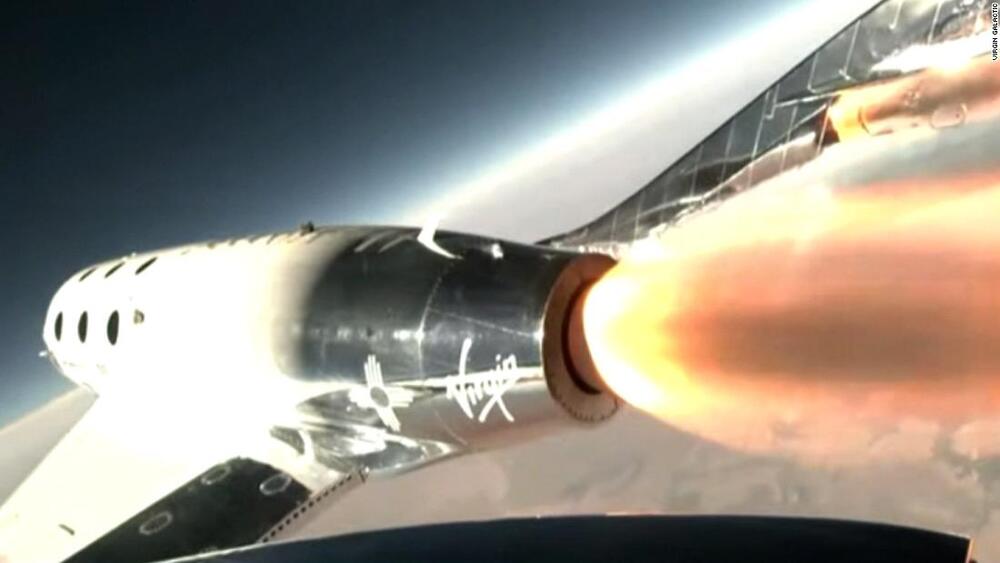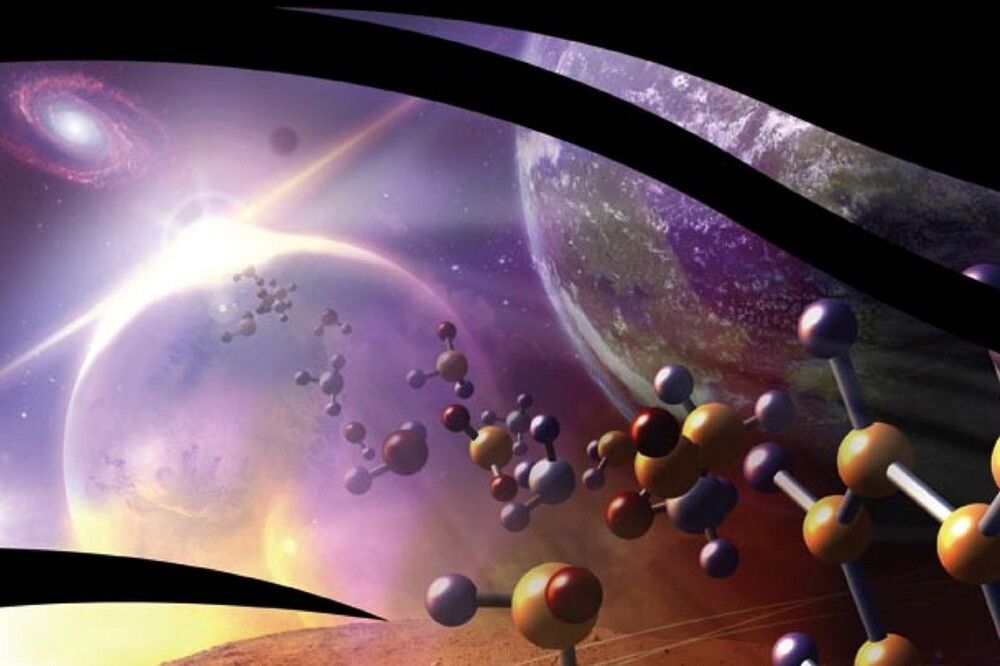“I haven’t seen anything like it,” scientist says of the flashy arachnid from Asia.
“People love to jump to conclusions what such a behavior is good for,” such as attracting prey or deterring predators, says Rainer Foelix, author of the book Biology of Spiders.
“Rather than to speculate, it would be better to study this phenomenon scientifically,” Foelix says.
“I haven’t seen anything like it,” adds Linda Rayor, a spider biologist at Cornell University. “Really, it is bizarre and interesting.”







